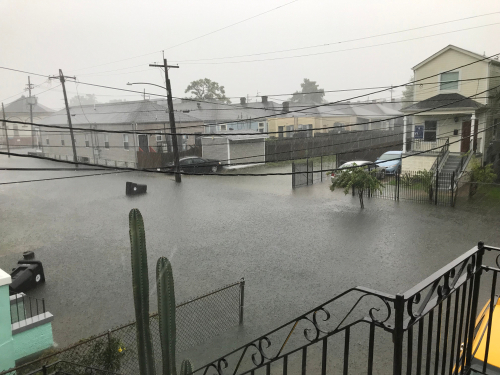New Data, and Unprecedented Weather Events, Tell the Same Alarming Story

While the summer of 2022 saw some positive developments when it comes to governmental climate policies, weather patterns and their toll on everyday life have been grim.
The data patterns are described comprehensively in the highly-regarded annual State of the Climate report released at the end of August. The National Oceanic and Atmospheric Administration’s instructive summary of the report contains these headline findings: greenhouse gas concentrations, global sea levels, and ocean heat content all rose to record highs; the last seven years were the seven warmest years on record (data back to the mid- to late 1800s); and cyclone activity (as just one example of damaging weather events) was well above average.
And if you had trouble sleeping at night, there is a reason. In July, a different analysis found, the average nighttime temperature in the continental United States was the highest ever recorded. Once daytime temperatures are taken into account, it was the third hottest month on record.
More painfully, the unusual weather events associated with climate change (not just hotter temperatures, but both more droughts and more storms) have hit areas around the globe quite hard. In Mississippi, torrential rains were a final straw leading to the failure of its capitol’s already-troubled water treatment system. The residents of Jackson have now gone days without access to safe drinking water.
At the same time, one-third of Pakistan is under water, displacing 33 million people. According to an article in Nature, “Phenomenal heatwaves” followed by an exceptionally long and intense monsoon season of rain contributed to the flooding, and global warming could have played a role (it’s hard to determine cause and effect with any specific weather event).
For some time now, climate change has been far more than a projected concern about the future, but has been evident in our everyday lives, often with tragic consequences. There is no excuse for further delaying needed responses, by governments, businesses, and individuals alike.



